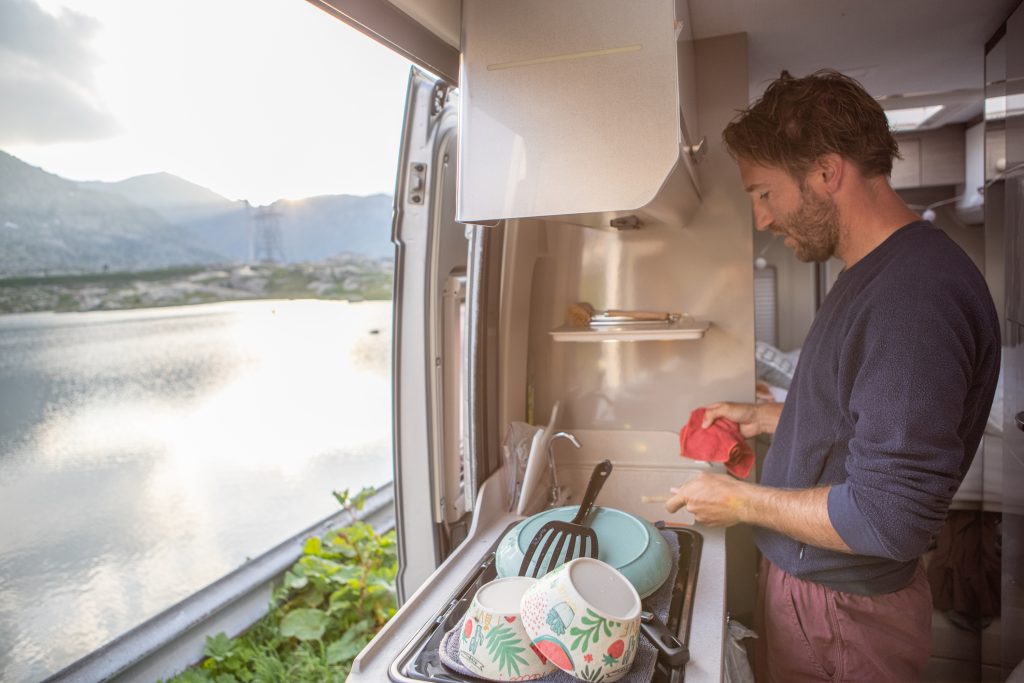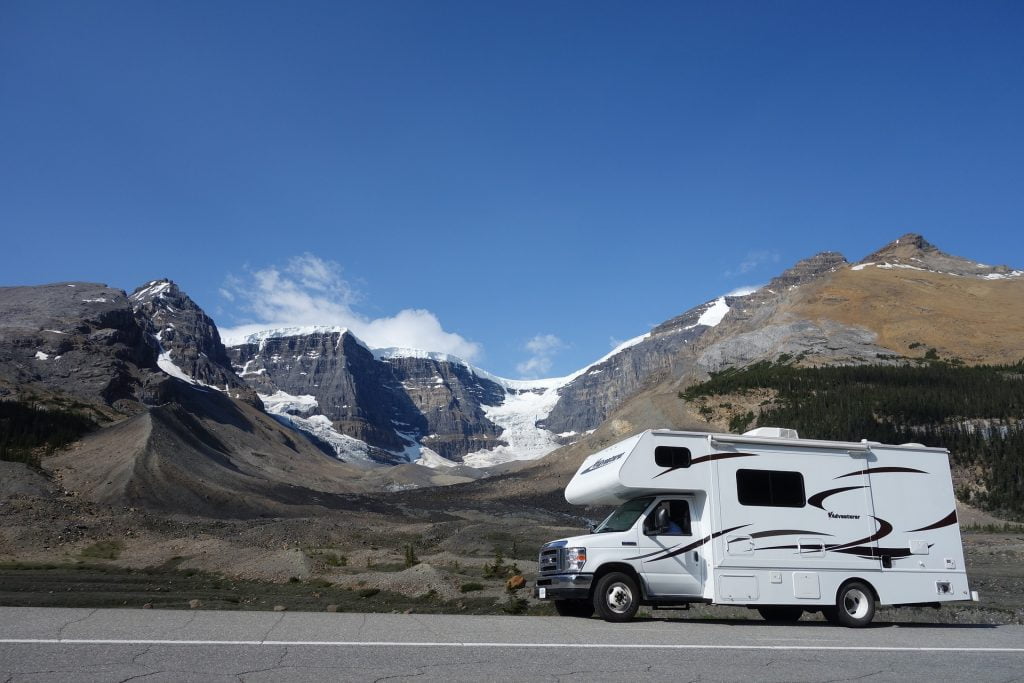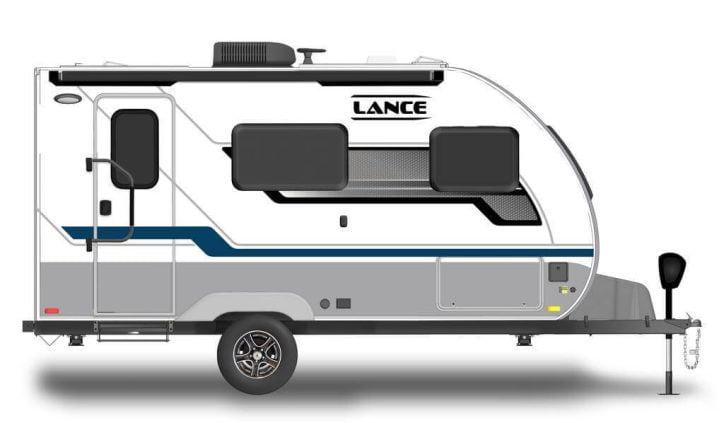W hether you are heading out with your RV for a winter adventure or hitting the trails with your snowmobiles or ATVs, towing in the winter requires a different skill set. If you are already experienced in winter towing – well, a refresher never hurts!
Towing has certain associated chores including, overall maintenance and trailer preparation. These chores only become headaches if they are overlooked or left to the last minute. Before you hit the road for a trip of one kilometre or one thousand, set aside a block of time, well before departure day, and complete your trailer and vehicle inspection and equipment tune-up.
Pre-trip Trailer Checklist:
- Hook up the tow vehicle and trailer.
- Check lights and wiring.
- Spray all electrical connections with a silicon spray (WD40 will work in a pinch).
- Check and grease wheel hubs and tighten lug nuts as needed.
- Check tires for proper inflation and wear and look for sidewall damage and cracks.
- Check the whole trailer hitch assembly, lock, chains, pins and frame bolts and welds.
- Repeat for the tow vehicle hitch and electrical connectors.
- Check for vehicle and trailer registrations, valid license plates and insurance documents.
All this preparation for one important purpose: your safety and the safety of those you share the road with. In addition to safety, it’s also important to understand local and provincial laws and how they relate to your trailer. To get the right information, contact your Provincial Transport Department. This information is also available on specific government websites as well. Be aware that laws governing trailers vary from province to province, so if you are crossing provincial borders, they will apply to you as well.
What does your trailer weigh when it’s loaded? Without knowing this, trailering rules are useless to you. The answer here – a couple of bucks at any truck scale will give you that answer in writing.
Now, the trailer is prepped and loaded, but the weather is turning bad. Let me stress what many already know but are tempted to ignore – winter travel plans must be flexible. Depending on weather, be prepared to leave early, arrive late, or cancel all together. Adhering to a strict schedule without considering changing road conditions is dangerous.
Always work to minimize risk by travelling during daylight. It’s safer and if you become stranded, you are more likely to get prompt assistance. Plan the best route and try to avoid hilly regions, narrow winding roads, high congestion areas and poor or unserved byways. Now it’s down to the driving.
Winter towing requires the same driving skills as other times of year, with one very important exception. The weight and stress of braking has to be dealt with differently than when the road gripping surface is dry and optimum. If you remember only one rule this winter let it be: Increase the following distance you need to stop safely.
If you are wondering what a safe spacing is, consider how long it would take your vehicle and trailer to coast to stop – without using brakes. In slippery conditions this is often the safest course of action. If you allow enough road to coast to a stop every time you come to halt, you are travelling at a safe distance and a safe speed. Practice using a light touch on the brakes. Even with anti-lock braking systems, you should apply light, steady pressure to avoid causing a skid. Keep both hands on the wheel and steer gently – no sudden jerks.
Downshifting a manual transmission may also assist with braking, but sudden gear changes can upset a vehicle’s balance. In turns (and particularly highway off-ramps) maintain a constant speed, avoid braking or accelerating – the angle of trailer and tow vehicle in a turn is when it’s most prone to jackknifing as centrifugal force is pushing the combination sideways; if the tires lose grip you are bound for the ditch. With an automatic transmission you can select a lower gear on down grades. This will hold the vehicle steady using the engines resistance. Never allow a trailer combination to coast in neutral. If you are not in gear, you are not in control.
Driving defensively is never more important than when you are towing because the added weight, length and stress of the trailer impairs your ability to react suddenly in avoidance situations. You never want to get into a situation that requires panic manoeuvring.
To do this right, you have to anticipate what the vehicles entering your lane from side streets or on-ramps will do and you have to adjust your speed to suit them. As for the tailgater, if they are following too closely just maintain a constant speed. They will either get the point and back off – or decide to pass. Either way, by offering them a steady speed you’ve created a safe, predictable situation. Always drive with your lights on.
Here are some tips from the tractor trailers that carry GVWRs of 150,000 lb and up. These apply to your winter towing too:
- Double all your distances when towing – following, stopping, starting and lane changing.
- Always use your signals. Let your signals flash ten times before making a lane change.
- On multi-lane highways, move to the centre lane two kilometres before on/off ramps. This avoids any last-minute manoeuvres because of merging traffic.
- Stay out of the passing lane.
- Check your straps, doors, lights, latches, tires, chains and hitches each time you stop or every 100 kilometres.
- Never backup a trailer if you can go forward – even if that means going around the block.
- If you do have to back up use a spotter – one you trust.
- While driving, forward or backward – never, ever be in a hurry.




